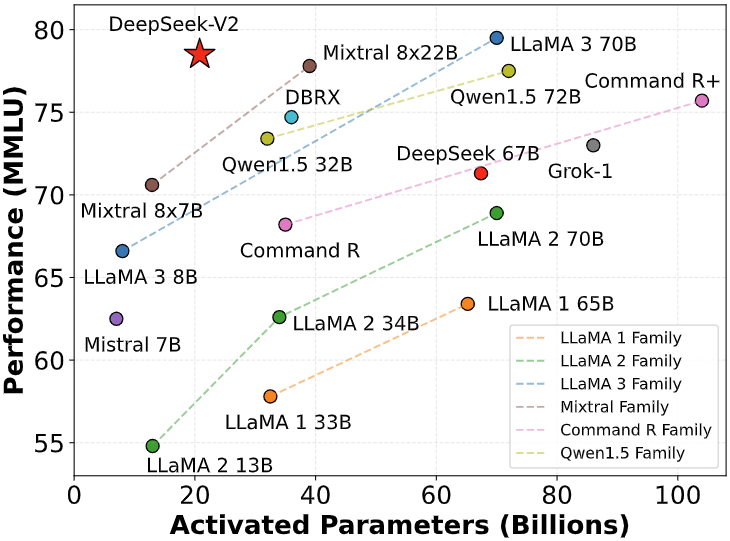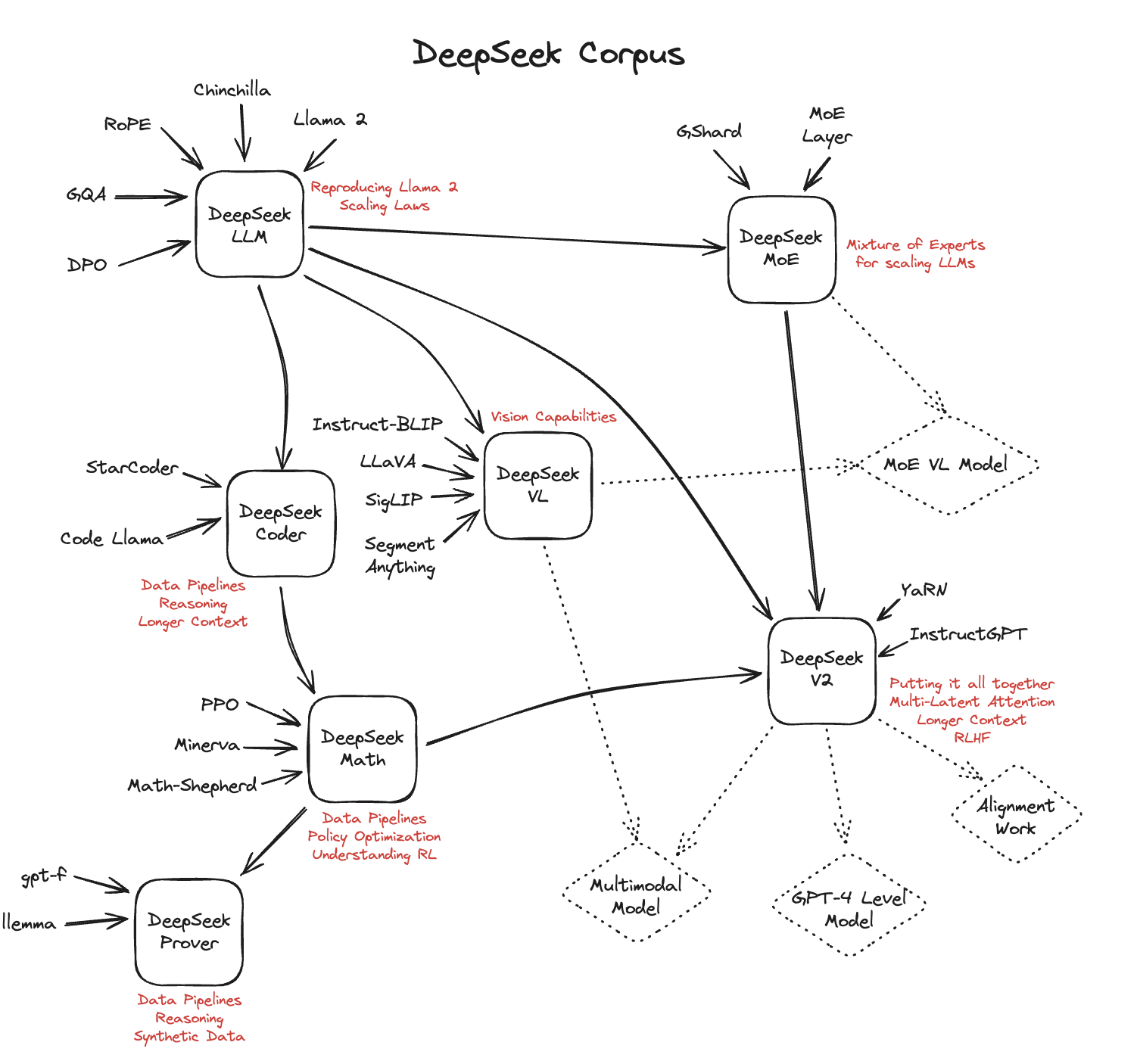
Machine-learning models can fail when they try to make predictions for individuals who were underrepresented in the datasets they were trained on.

For instance, a model that anticipates the very best treatment option for somebody with a chronic illness might be trained using a dataset that contains mainly male patients. That model might make incorrect forecasts for female clients when deployed in a health center.

To improve outcomes, engineers can try stabilizing the training dataset by getting rid of information points until all subgroups are represented equally. While dataset balancing is promising, it typically requires getting rid of large quantity of information, hurting the model's general performance.
MIT researchers established a new method that determines and eliminates specific points in a training dataset that contribute most to a design's failures on minority subgroups. By eliminating far less datapoints than other approaches, this technique maintains the total precision of the design while enhancing its performance regarding underrepresented groups.
In addition, the method can identify covert sources of bias in a training dataset that lacks labels. Unlabeled information are far more common than identified information for many applications.
This approach could likewise be integrated with other approaches to enhance the fairness of machine-learning models deployed in high-stakes circumstances. For example, trademarketclassifieds.com it may one day help guarantee underrepresented clients aren't misdiagnosed due to a prejudiced AI design.
"Many other algorithms that try to resolve this problem assume each datapoint matters as much as every other datapoint. In this paper, we are showing that presumption is not true. There specify points in our dataset that are adding to this predisposition, and we can find those information points, eliminate them, and get better efficiency," says Kimia Hamidieh, an electrical engineering and computer science (EECS) graduate trainee at MIT and co-lead author of a paper on this method.
She wrote the paper with co-lead authors Saachi Jain PhD '24 and fellow EECS graduate trainee Kristian Georgiev; Andrew Ilyas MEng '18, PhD '23, a Stein Fellow at Stanford University; and senior authors Marzyeh Ghassemi, an associate professor in EECS and a member of the Institute of Medical Engineering Sciences and the Laboratory for Details and Decision Systems, rocksoff.org and Aleksander Madry, vetlek.ru the Cadence Design Systems Professor at MIT. The research will exist at the Conference on Neural Details Processing Systems.
Removing bad examples

Often, machine-learning models are trained using substantial datasets gathered from numerous sources across the web. These datasets are far too large to be carefully curated by hand, so they may contain bad examples that harm model performance.
Scientists likewise know that some information points impact a model's efficiency on certain downstream tasks more than others.
The MIT researchers combined these two ideas into an approach that determines and removes these bothersome datapoints. They look for it-viking.ch to solve a problem referred to as worst-group error, which takes place when a model underperforms on minority subgroups in a training dataset.
The scientists' new technique is driven by previous operate in which they introduced an approach, called TRAK, that determines the most crucial training examples for a specific design output.
For this brand-new technique, they take incorrect forecasts the design made about minority subgroups and use TRAK to recognize which training examples contributed the most to that incorrect prediction.
"By aggregating this details across bad test predictions in the proper way, we have the ability to find the particular parts of the training that are driving worst-group precision down overall," Ilyas explains.
Then they eliminate those specific samples and retrain the model on the remaining data.
Since having more information generally yields better overall efficiency, getting rid of just the samples that drive worst-group failures maintains the model's general precision while increasing its efficiency on minority subgroups.
A more available approach
Across three machine-learning datasets, their method surpassed several techniques. In one circumstances, it boosted worst-group accuracy while removing about 20,000 less training samples than a traditional data balancing method. Their method also attained higher precision than methods that require making modifications to the inner workings of a model.
Because the MIT approach involves altering a dataset rather, it would be easier for a specialist to utilize and can be applied to numerous kinds of models.
It can likewise be used when predisposition is unidentified because subgroups in a training dataset are not labeled. By identifying datapoints that contribute most to a feature the design is discovering, they can understand the variables it is utilizing to make a prediction.
"This is a tool anyone can utilize when they are training a machine-learning model. They can look at those datapoints and see whether they are lined up with the capability they are trying to teach the design," states Hamidieh.
Using the technique to find unidentified subgroup bias would need instinct about which groups to search for, so the researchers intend to verify it and explore it more completely through future human studies.
They also wish to enhance the efficiency and dependability of their technique and ensure the method is available and easy-to-use for practitioners who might sooner or later release it in real-world environments.

"When you have tools that let you seriously look at the data and figure out which datapoints are going to lead to predisposition or other unwanted behavior, it provides you an initial step toward structure models that are going to be more fair and more trusted," Ilyas states.
This work is funded, in part, by the National Science Foundation and the U.S. Defense Advanced Research Projects Agency.



